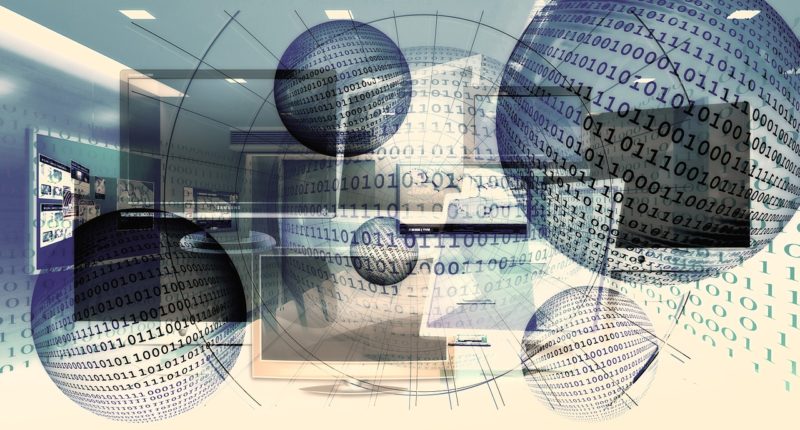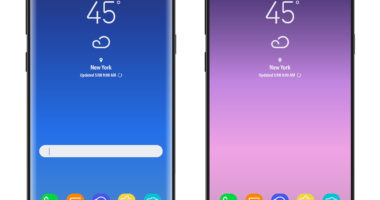Do you remember a time when you had to get a new roll of the film put into your camera before a family trip? Or do you refer to encyclopedias for knowledge because Google did not exist? Do you remember the days you could only communicate via telegram or stand in line for that much-awaited and costly international call? Do you remember when you used to send letters and cards to loved ones still??
Well, all of this was just until 20 or 30 years ago, and yet it feels like a lifetime since modern technology has taken over the world. We are now living in a time where there is a new invention in technology almost every day across the globe.
The turn of the millennium witnessed the massive shift from landline phones, VCRs, and floppy disks to mobile phones, USB devices, laptops, and tablets. But it did not stop here. The next 20 years saw a series of fascinating new inventions from high-resolution camera phones to social media buzz, OTT streaming platforms, and driverless cars. We’ve seen it all.
Let’s now look at these 10 amazing technologies that will change our lives in the future.
- Artificial intelligence (AI)
Artificial intelligence is intelligence displayed by machines as compared to the natural intelligence displayed by humans or animals. AI has penetrated almost every sphere, from tax administration to transport to suggestions that pop up on our mobile phones. It has only begun to impact our daily lives, but the heights AI can reach are unimaginable from here.
If you have wondered how an advertisement has popped up on your phone for a product you were talking about with a friend, you have AI to thank for it. AI is present in navigation apps, speech recognition apps, recommendation systems (like Netflix and Youtube), security and surveillance, manufacturing and production, and almost everything digital. It affects how we talk, live, work, and act.
- Blockchain
Blockchain technology may have become popular due to cryptocurrencies. It is a list of records called blocks that are linked together with cryptography. It is used for recording transactions and tracking digital assets.
Blockchain is already used by businesses in their supply chains to pinpoint inefficiencies, data sharing, digital voting, financial services, energy trading, copyright protection, medical recordkeeping, etc. One of the primary advantages of using blockchain is that it increases data security, transparency, and traceability across a network.
- Cloud platforms
A cloud platform provides on-demand access to data along with computing power via the internet. It enables you to access data that a remote data centre hosts without the need to install the infrastructure at your premises. The biggest advantage of cloud platforms is that it saves on costs tremendously and enables businesses to scale more easily.
If you have been wondering where your photos get stored when you “upload to cloud”, well, you have a cloud platform to thank. If you use an online service provider to book your flight tickets and file your taxes, and you can access the same personal information year after year, it is again due to a cloud platform.
- Internet of Things (IoT) and Internet of Behaviours (IoB)
The Internet of Things (IoT) refers to physical objects embedded with sensors, software, and a processing ability that connect with and exchange data between devices and systems. You may have heard about a ‘smart home’ these days, or perhaps your home has already been transformed into one. This has been made possible with IoT technology.
IoT has given rise to the Internet of Behaviours (IoB). The IoB links a person to their actions digitally. It uses behavioural science and data analytics to form an in-depth understanding of a person and their behaviour. IoB helps gain deep insights into customer behaviour and is a valuable tool in sales and marketing.
- Driverless cars
A driverless car, also known as a self-driving car, is a vehicle that can sense its surroundings and move with little to no human input. Driverless cars rely on radar, sonar, lidar, GPS, inertial measurement units, and other technologies to perceive the environment around them. While driverless cars may not be a reality for India anytime soon from both an economic and safety standpoint, it has been estimated that 10% of vehicles on the road globally will be self-driving cars over the next decade.
- Robotics
Over the next few years, technology will drastically change how people work. One major technology in this regard is robotics. Robots will do most routine work and even hazardous work.
There is also a new term for robots who work alongside people in an organisation called collaborative robots or cobots. It is a robot that is designed for direct human interaction within a shared space. If you have bought a device that can sweep and mop your home at the click of a button, then you are already onboard the robotics revolution. Some other examples of where robotics have been used are in agriculture, healthcare, manufacturing, and the military.
- Wearable gadgets
Most of us already use wearable technology such as smartwatches and fitness trackers. But wearable gadgets are still very much an emerging technology. Right now, we have access to health data such as our heart rate, pulse, calories burned, the release of certain biochemicals, etc.
Soon, we may have access to measuring blood alcohol content, athletic performance, monitoring of heart conditions, health risk assessment, etc. The wearable gadgets will give out warnings to preempt medical disorders so that the user can take timely actions.
- Virtual reality and augmented reality
Virtual reality is a simulated experience that can be similar to or different from the real world. Augmented reality is an enhanced version of the real world through digital visual elements, sounds, and other sensory stimuli. The main difference between virtual reality and augmented reality is that virtual reality is completely virtual, as its name suggests, whereas augmented reality uses a real-world setting.
Virtual reality gets applied in video games, medical training, military training, and other fields that require simulators for training. Examples of augmented reality include games like Pokemon Go, Instagram filters and Snapchat lenses, make-up try-on experiences, etc.
- 3D printing
3D printing is constructing a three-dimensional model from a digital 3D model, with the material being added layer by layer. 3D printing was traditionally done using polymers but has now evolved to metals, ceramics, and other materials. 3D printing is used in food technology to build moulds and cutters, by chemistry and biology students to study molecules and organs, by architecture students to print existing or new designs, etc. It is also used in aerospace, fashion, engineering, consumer products, etc.
3D printing may find everyday use in households soon. Has a knob of your drawer broken? Well, get a new one 3D printed. Cool, isn’t it? In the future, 3D printing will be used to construct products, structures, and perhaps even buildings in a matter of a few hours or days.
- Space tourism
Space tourism has been breaking news lately as millionaires and billionaires can now take that much-awaited joyride into space. In simple words, it is human space travel for recreational purposes. The different kinds of space tourism include orbital and suborbital space tourism and lunar space tourism.
Environment experts have been raising concerns that space tourism is accelerating global warming. But, considering how expensive a flight into space is, it is not likely to become a mass means of recreational travel anytime soon.
Join our Telegram channel to keep getting updates on all things finance.
For any clarifications/feedback on the topic, please contact the writer at athena.rebello@cleartax.in

I’m a Chartered Accountant by profession and a writer by passion. ClearTax lets me be both. I love travel, hot tubs, and coffee. I believe that life is short, so I always eat dessert first. Wait.. life is also too short to be reading bios… Go read my articles!





